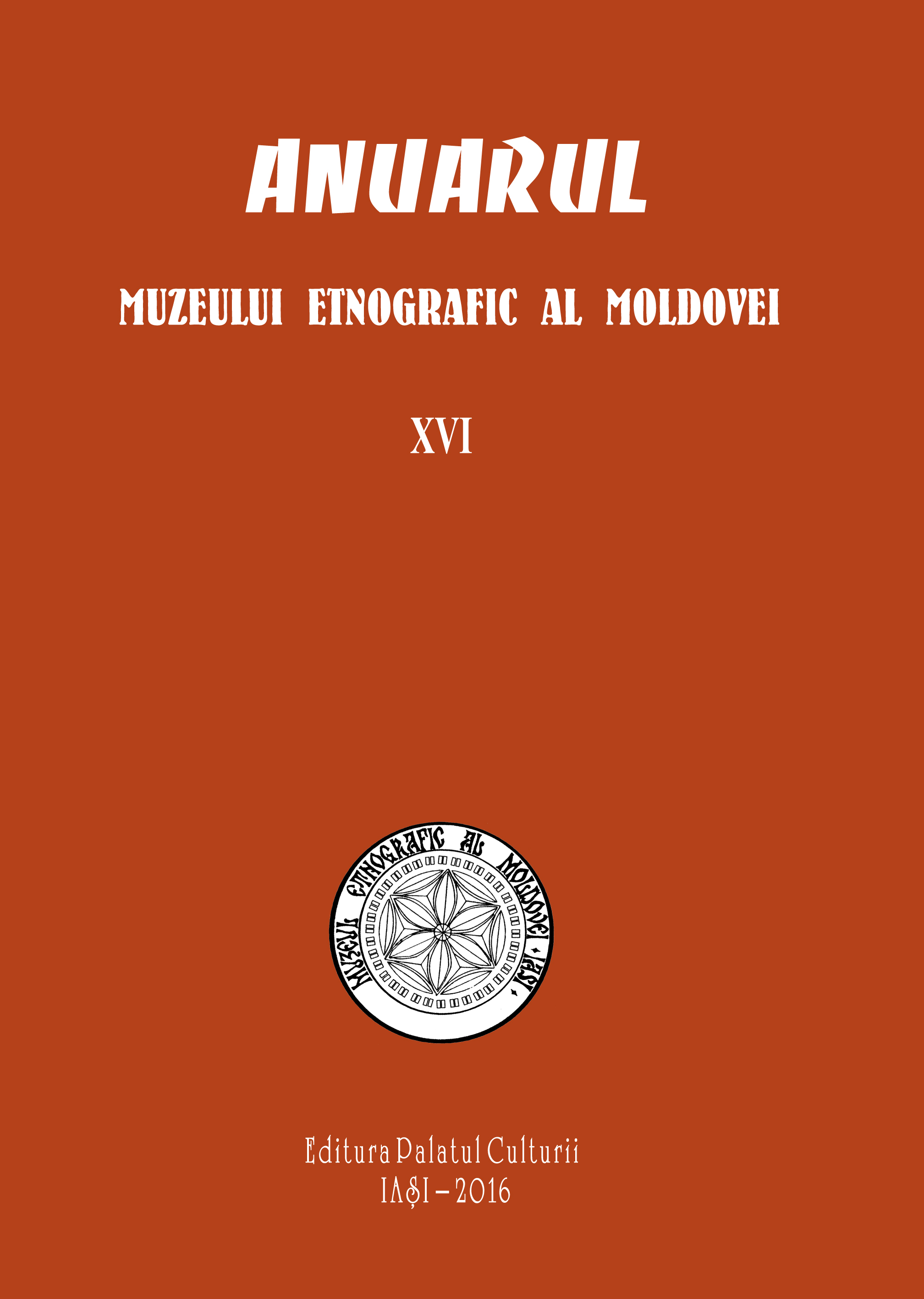Influenţe şi motive populare româneşti în arhitectura Muzeului de Artă Populară „Dr. Nicolae Minovici” din Bucureşti
Influences and Romanian Traditional Motifs in the Architecture of “Dr. Nicolae Minovici” Folk Art Museum in Bucharest
Author(s): Loredana CODĂUSubject(s): Cultural Anthropology / Ethnology
Published by: Editura Palatul Culturii
Keywords: Neo-Romanian style; Brâncoveanu style; kula; loggia balcony; veranda; Dr. Nicolae Minovici; Cristofi Cerchez; The Villa with Bells
Summary/Abstract: Built in Bucharest between 1904 and 1906 by architect Cristofi Cerchez, “The Villa with Bells” is a great example of how the Neo-Romanian style has promoted and exploited the Romanian folk art decorative and architectural elements. Being an original national artistic style, as a part of the artistic movement called the New Art, the Neo-Romanian architecture was especially influenced by the kulas from Oltenia region. The architectural design of the villa gathered Brâncoveanu style elements, as the loggia balcony with short, carved stone columns, and Romanian folk art elements, as the carved wood pillars, ornamented with solar rosettes, rhombs, the rope of life, decorative motives taken from traditional rugs of Muntenia, the religious seal, or the tower. The building was organized and opened for the public in 1906 as the first Folk Art Museum in Bucharest by its owner Dr. Nicolae Minovici and was declared an historical monument in 1930. The Fork Art Museum “Dr. Nicolae Minovici”, an authentic architectural gem, has been reinforced, restored and reopened for the public on the 18th of May 2016.
Journal: Anuarul Muzeului Etnografic al Moldovei
- Issue Year: 2016
- Issue No: 16
- Page Range: 211-228
- Page Count: 18
- Language: Romanian

